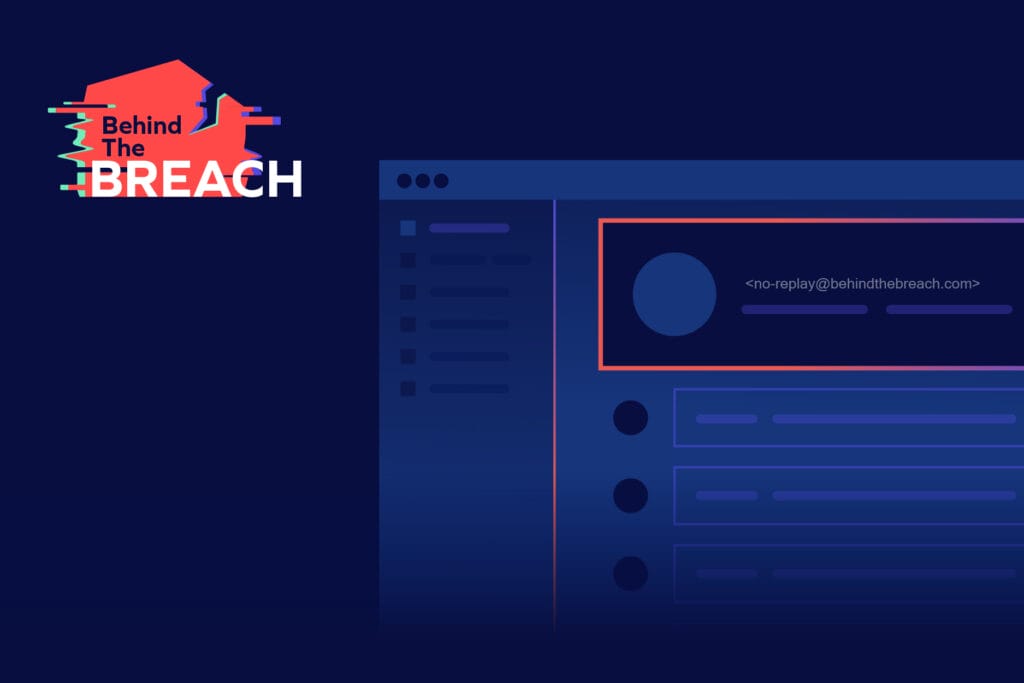Be honest. Do you secretly feel immune to B2B payment fraud? Many organizations believe their payments are protected because they have a strong bank account verification and validation process in place. However, while bank account validation is an important security step, it’s not all you need for a truly secure and reliable method of confirming bank accounts.
It’s not uncommon for companies to inadvertently send payments to a fraudulent account that was verified by the bank.
As scary as it sounds, payment fraud and errors are a real concern. And while you may feel like you don’t want to think about it (or don’t have time to think about it), the threat looms larger every day you put business payment security on the back burner.
The reality is: bank account validation isn’t as dependable as it may seem because fraudsters are always looking for ways to beat the system.
To reduce the risk of B2B payment fraud, you need to establish business payment security processes and take your proactive measures to the next level. Here’s the scoop on bank account validation and what you need to do to ensure your vendor payment process is as secure as possible.
What Is the Difference Between Bank Account Verification and Validation?
Most organizations have a process in place that confirms the accuracy and legitimacy of a bank account. Businesses and financial institutions need to make sure that an account exists and is active before initiating electronic payments, direct deposits, or wire transfers. Once the account is verified and validated, your business can streamline the flow of funds. Some businesses stop short of validation and make payments as soon as they know the account exists.
Bank account verification is the process of confirming the existence and accuracy of a bank account by verifying the account number and routing number provided by a payee. This process ensures that the account is valid and real.
Bank account validation goes a step further by not only confirming the existence of the account but also verifying additional details, such as the account holder’s name, address, and other relevant information. Validation ensures that the account details provided are complete and accurate, reducing the risk of payment errors and ensuring compliance with regulatory requirements.
While verification focuses on confirming the basic details of the account, validation provides more comprehensive confirmation of the account holder’s identity and associated information, offering an extra layer of security and confidence in B2B payment transactions.
How Do You Validate a Bank Account?
A bank account validation process typically involves confirming several key pieces of information about a bank account, including the name on the account, the account number, and the routing number of the bank. An account validation process in many cases can reveal a bad actor attempting to steal funds because the information won’t match up between the real vendor and the fraudster.
In theory, a reliable bank account validation method should give businesses confidence that their funds are going to or coming from a legitimate bank account that belongs to a confirmed and verified individual or entity. If the information on the account doesn’t match the real vendor, then the validation process will catch it.
But don’t stop there! After vendor bank account validation, additional security measures should be in place to protect your payment cycle from other kinds of fraud.
When Does Bank Account Validation Fail?
Unfortunately bank account validation will only prove that the account exists and belongs to the person, company or entity whose name is on the account. But fraudsters are savvy and they know how to steal information and create and use bank accounts that are completely legitimate.
Consider the following scenario: an attacker hijacks an email conversation of someone on the finance team at a vendor company. Through this business email compromise (BEC) attack, the threat actor can now access all sorts of financial documents that are contained in past emails. Armed with this information, the attacker opens a new bank account for this same vendor at the same bank that the vendor already uses. Because the fraudster uses all the correct information to open the account, a typical security check will show that it is a legitimate account and won’t raise red flags during the bank validation process. As far as the bank is concerned, everything looks normal and above board.
The problem is, the vendor doesn’t know that a new bank account exists in their name and they aren’t actually linked to it. This new bank account set up with stolen information (also called a mule account) will be used to divert payments meant to go to that vendor for the services rendered or goods delivered.
In this scenario, the bad actor now has a fully verified bank account in the vendor company’s name. From here, the attacker can reach out to clients of the vendor company, submit fake invoices, and request a change to their bank account number so that the company sends funds to the new mule account. Once the fraudster has successfully received the money, they will then forward along these funds to any number of other bank accounts they have access to and steal the money.
While in the scenario above our fraudster created a mule account at the same bank as the vendor, they could also do the same at a different bank and still go undetected. Even in this case, bank account validation still won’t identify the new account as fraudulent if all the information used to open the account is legitimate. Here the bad actor is also taking advantage of the fact that there exists no database that verifies accounts across different banks. Banks only verify the information they have access to, and they wouldn’t have the visibility to see if multiple accounts were opened at different banks that might look suspicious.
How Can You Really Secure Your Business Payments Cycle?
Bank account validation is only one line of defense to protect an organization against fraud. To mitigate other types of threats common with B2B payment cycles, a more robust approach to fraud detection is required. Businesses need a tool that can connect all the dots across the payment process and see what’s really going on. Even if the fraudster is able to create a bank account that passes validation, there are other points where they can be stopped as they execute their attack.
Here are three key ways to shore up security for your business payments cycle.
Trustmi Certify
Traditional bank account validation can and should still play a role to protect against fraud, and it can be automated through the use of a third-party platform. Trustmi’s approach to bank account validation gives vendors a secure way to directly connect to their bank accounts and enter their information easily during onboarding and offers a penny drop validation capability. Our platform enhances the traditional approach by offering advanced validation controls, including our new call-back procedure, Trustmi Certify, that saves time and effort.
Full Fraud Detection
A platform like Trustmi can detect all the anomalies and suspicious signals within a fraud scheme to stop payments from going to the wrong place. Our platform protects the entire payment process and looks at additional factors and data that reveals when fraud is afoot. For example, our platform identifies fake vendor invoices and analyzes email communications to flag BEC attacks, social engineering, or executive impersonation, among other fraud detection capabilities.
Trust Network Verification
Our solution also adds an extra layer of protection provided by our unique Trust Network. Companies that join our Trust Network become fully verified so that if a fraudster opens a new bank account and requests changes to the vendor’s banking information, the network analyzes this activity to identify if this is an isolated incident of impersonation versus a real account change request the vendor is making to all its clients.
When it comes to a process as complicated and vulnerable as vendor payments, businesses shouldn’t only rely on bank account validation alone to ensure their funds go to the right place. You need a partner you can rely on for agile and evolving B2B payment security support.
Want to learn how Trustmi’s approach to bank account validation offers more protection for your payments than the traditional way? Get in touch with us today!





